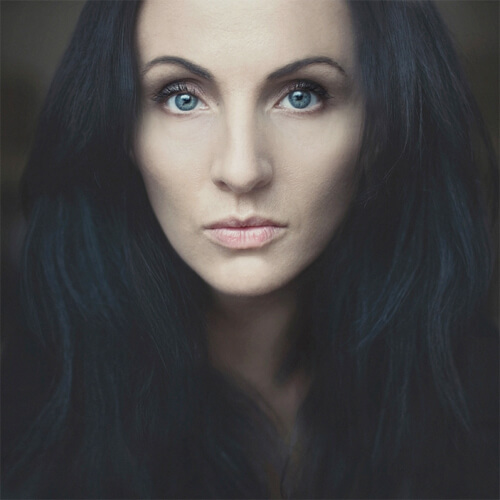Magdalena Berny is a graduate from the Pozna? University of
Physical Education, self-taught photographer, passionate, mother of two. Over the years, she managed to create her own quite distinctive style.
Works by Magdalena were published in Polish and foreign press dedicated to
photographs, illustrations used as guides to photographing children and for projects of book covers.
About her:" Children as the subject of my photos appeared with their
coming into the world. They were and are the cause, they determine the
choice of subject of my photos.
Photography for me is not only to catch the moments lived with children is
also a record of my own emotions, sometimes stronger, sometimes weaker.
How I " steal " look and emotions of children is due in large part to my own
feelings. In addition to the joy and smile on my photographs often guests
reflection, thoughtfulness and even
sadness. In photography,I avoid references to the modern world while I often try to embed them in a climate of fairy tales. The inspiration for me as a photographer is all that surrounds me - broadly defined art, but also the
place where I live every day as well as those that I manage to visit , and
would later become sceneries of my photos".
